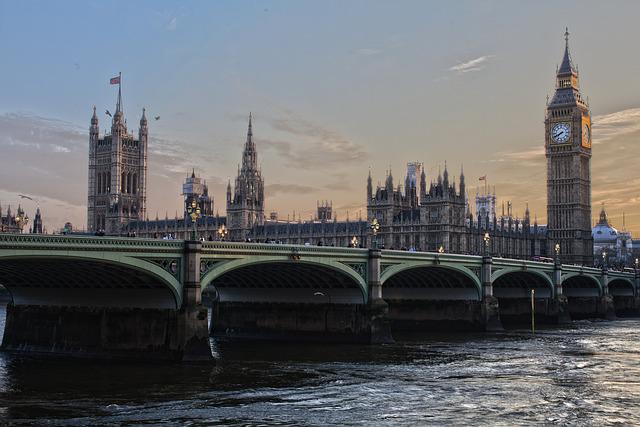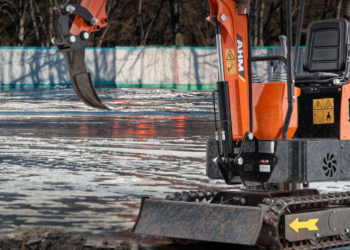When purchasing a home in the UK, stamp duty is a tax that must be paid, but only if the purchase price of the home exceeds a predetermined threshold. If the price you pay for your primary residence is under £250,000, you won’t have to pay any Stamp Duty.
Where you decide to buy a house will also affect the amount of stamp duty. Wales and Scotland have separate rates, but England and Northern Ireland use the same ones. For more information on how stamp duty actually works, our estate agents in York are here to help you every step of the way to make your home buying experience rewarding. Below, we outline how it functions.
Stamp duty
You must pay a one-time tax known as stamp duty each time you purchase a home or piece of land in England and Northern Ireland.
In Wales, it is commonly referred to as land transaction tax, and in Scotland, it is recognized as land and buildings transaction tax. Stamp duty is only payable when the cost of the property you purchase exceeds a specified threshold.
Who is required to pay stamp duty?
Stamp duty is always paid by the house buyer rather than the seller. Usually, as part of the purchasing procedure, your agent may pay it on your behalf.
After Mr. Kwarteng made his statement in September, homes that cost no more than £250,000 are exempt from paying stamp duty.
However, first-time homebuyers will be required to pay stamp duty on homes that cost more than £425,000, with exemptions available for homes that cost more. This alteration, according to the former chancellor, will be “permanent” as of September 23, 2022.
Previously, stamp duty was waived for first-time purchasers and houses valued at less than £125,000 or £300,000.
The stamp duty holiday beginning on July 1, 2020 and lasting until October 1, 2021 saw a tremendous tax reduction for homes costing up to £500,000. In this period, buyers of residential properties or times for renting, paid less than £250,000 and paid no stamp duty at all.
How to figure out how much stamp duty to pay?
For anyone purchasing extra homes, there has been a stamp duty increase since April 2016. You must pay an additional fee on top of your regular stamp duty payment if you will end up owning two or more properties after the buying procedure is complete (unless you are replacing your main home at the same time).
The way income tax is estimated also applies to stamp duty.
For instance, if a house is being acquired for £550,000 by an existing homeowner, you pay:
0% on the initial $250,000 equals £0,
Next £300,000 + 5% = £15,000,
The total amount of stamp duty due: £15,000
To determine how much stamp duty you will have to pay, use the stamp duty calculator.
Any further stamp duty exemptions ?
Other stamp duty exclusions to keep in mind include the following:
- Property values under £40,000 are free from paying stamp duty.
- Homes worth more than £500,000 that are titled to businesses rather than to individuals have to pay a 15% stamp duty.
- Purchase of land and other properties for philanthropic purposes, charities may be eligible for stamp duty reduction.
- If you are a registered social landlord, purchasing land or property, you are eligible for relief.
- Under £500,000 zero-carbon residences (including apartments) are exempted. Those worth more than £500,000 will have their bill lowered by £15,000.
On the HMRC website, you can find the complete list of stamp duty exemptions, reliefs and other benefits.
How much is the current stamp duty?
Typically, you should anticipate between 3% and 15% of the property’s purchasing price. The percent is determined by the property’s cost.
This comprises the price of the property after deducting the stated limit. So, if your house costs £600,000, for the first £250,000 you won’t be subjected to stamp duty. This is only an approximate estimates, and your actual costs will depend on a variety of factors.
Basically, the cost of the home will determine how much stamp duty you will have to pay, and if this is your second house, you will pay more than if it were your first.







